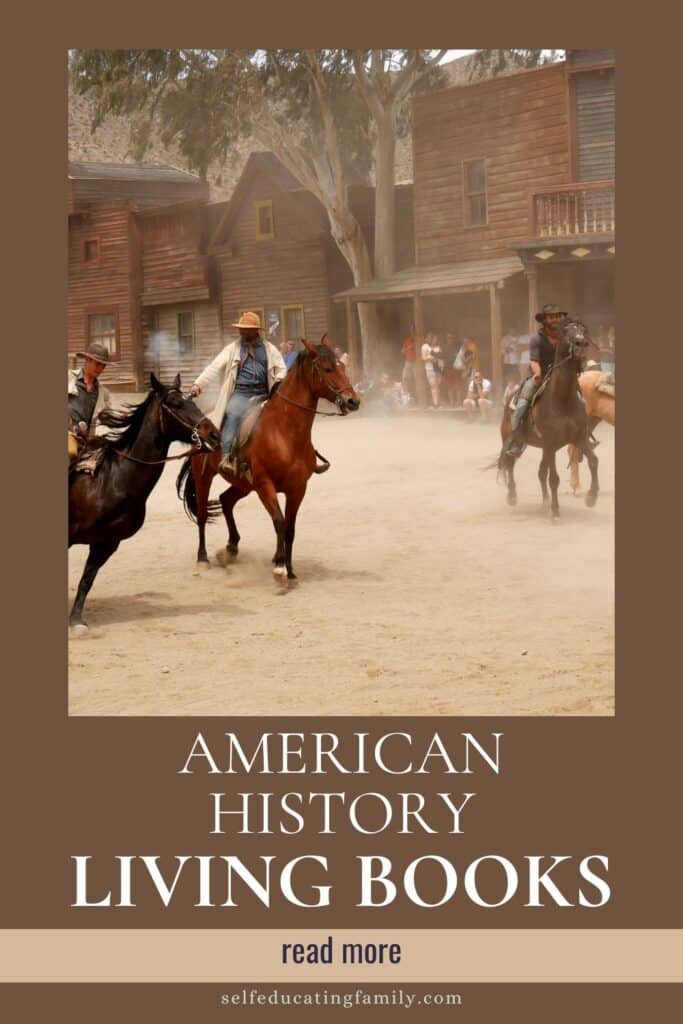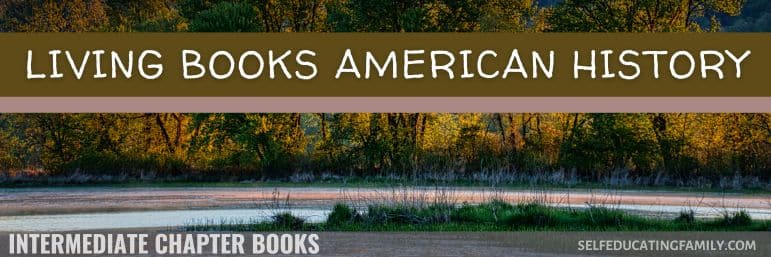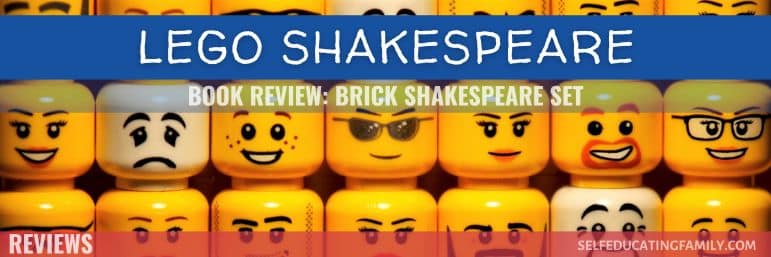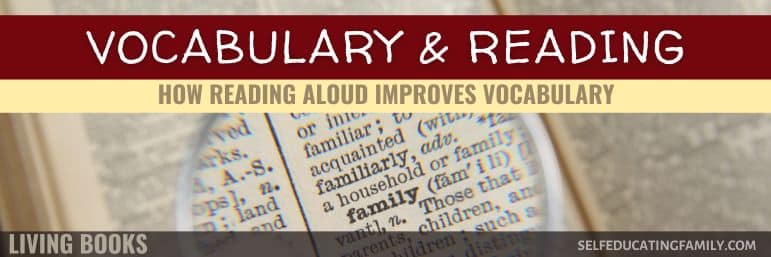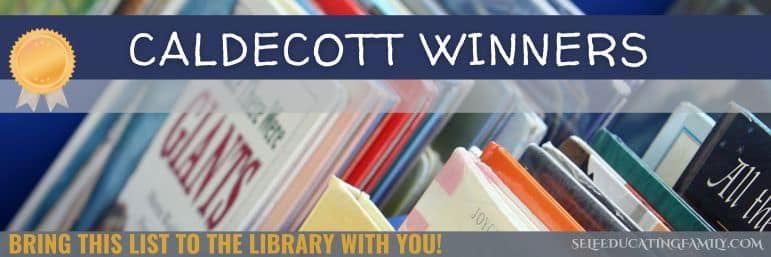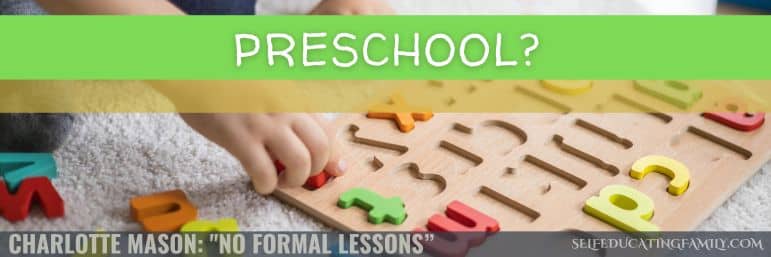What’s Inside: Do you bring history alive in your homeschool? American History Living books are a great way to introduce younger readers to the “story” part of history. Even well-chosen fiction can bring a time period to life. Find not-to-be missed suggestions of great American History living books for young readers for third to fifth graders.
American History Living Books
Living Books are usually narratives. Fiction can spark an interest in history and yet are not dull like a dry textbook. Your kids will love the stories and make connections with historical events.
Why this list?
A friend recently asked, “Do you know any good books for my 3rd and 5th graders about American History?”
You bet!
What age are these appropriate for?
3rd – 5th grade-ish. These are good books for a reader who is getting fluent or loves to read and you are just trying to keep up with them!
As always, these are just recommendations, and you should always pre-read the books to see if it is a good fit for your reader and your family. Some of the recommendations are about the Civil War era and do contain scenes of war.
If you have an advanced reader (meaning a child who is on the younger side) the content may not always be appropriate. If you have a child on the older side, the content may spark some good discussions.
Books arranged “chronologically”
Pre-Civil War
Carry On, Mr. Bowditch by Jean Lee Latham. Okay, technically this is Revolutionary War-era, but we liked it so much we needed to mention it here. It’s set in Salem, Massachusetts and is a biography of Nathaniel Bowditch, who was sailor and mathematician who published the The American Practical Navigator. It a great story.
Tom Sawyer/Huck Finn by Mark Twain. Set in 1840s Missouri along the Mississippi River where Mark Twain grew up. The stories are iconic in American history. The book will bring up questions of race. The edition with the Norman Rockwell illustrations show classic Americana of the time.
Caddie Woodlawn by Carol Brink. This is a fun book set in 1860s Wisconsin. Caddie is a character! She is growing up a bit on the wild side.
Civil War
Little Women by Louisa May Alcott. Tomboy Jo has to help the family because their father is away with the Union Army, so she turns to writing to earn some money. We enjoyed all the books in this series, but we listened to them as books on tape because my sons preferred that.
Rifles for Watie by Harold Keith. Watie joins the Union army and ends up seeing what it’s like for both sides. I’m not going to spoil the story, but you will have some great discussions with this one.
Across Five Aprils by Irene Hunt. A Civil War story (with some graphic depictions) told through the eyes of a 9 year-old boy who has to grow up — a coming of age story. He has relatives on both sides. Lots of good discussions with this one.
With Lee in Virginia by G.A. Henty. We loved the G.A. Henty books. If you listen to enough of them, they do become predictable or formulaic, but they are always such great adventures, you don’t mind. We haven’t read this one, so it’s going on my bookshelf TBR.
Post Civil War
Little House Series by Laura Ingalls Wilder. Set in the American Frontier starting in the 1870s with the Little House in the Big Woods, these were one of my favorites when I was young. The series still holds up and is a favorite for many kids.
Story of My Life by Helen Keller. Autobiography — so not really fiction. But, once again, I cheat a bit on my lists, because this is a great story. It was written in 1903.
Little Britches by Ralph Moody. We loved the Little Britches series. The first book takes place in Colorado in 1906 when Ralph is 8. His adventures are wonderful to listen to or to read about and they go all over the country as he grows up.
Roll of Thunder Hear My Cry by Mildred Taylor. Set in depression era Mississippi, it follows the story of Cassie Logan. I won’t give any spoilers on this one.
My Side of the Mountain by Jean Craighead George. A boy wants to escape crowded NYC and decides to run away to his grandfather’s abandoned farm in the Catskills. The book was published in 1959, so it’s a bit more modern than most of the other titles, but it’s a great story that tells what life was like then.
Maniac Magee by Jerry Spinelli. Maniac is the title character, an orphan in a racially divided town in the south. The book was written in 1990 and is based on the author’s hometown area. Maniac starts to run and becomes known for his athletics and his ignoring of racial boundaries.
Lots of good discussions and More cautions
These books are great starting points for discussions in American history. But they may not be age appropriate, so be sure to know your young reader. Here are a few more ways to look at these books.
“G” Ratings
All of the “Little” books are fine for all ages: The Little House Series, the Little Women books, and the Little Britches series. Also good are Caddie Woodlawn (though there are descriptions of “Injuns”) and Mr. Bowditch.
Maybe older: Race discussions
Tom Sawyer gets an age 12+ from commonsense media. In general. it’s fine, but the two boys witness a murder. And there is racial language throughout because it’s pre-Civil War south. But you might not want to introduce that language to younger students. Huckleberry Finn is similar, but addresses the issue of slavery directly as Huck befriends Tom. and Huck’s dad is a terrible father (beating Huck and threatening him, etc.
I originally had Uncle Tom’s Cabin by Harriet Beecher Stowe on this list, but it really is more appropriate for 10th grade or so since it was such and influential anti-slavery novel.
Ambleside Online puts Roll of Thunder Hear My Cry in Year 6.
The War Books
All of the war books will depict some level of violence. Ambleside Online has Rifles for Watie and Across Five Aprils for Year 5.
American History Living Books
To sum it all up, using living books in your history curriculum can touch kids lives more effectively than textbooks of dry facts. Charlotte Mason homeschooling encourages learning history through living stories and books. These present great ideas to your child who will make the connections as they are introduced to more and more ideas throughout their education.
These are some of our favorites. Your family will find favorites too!
